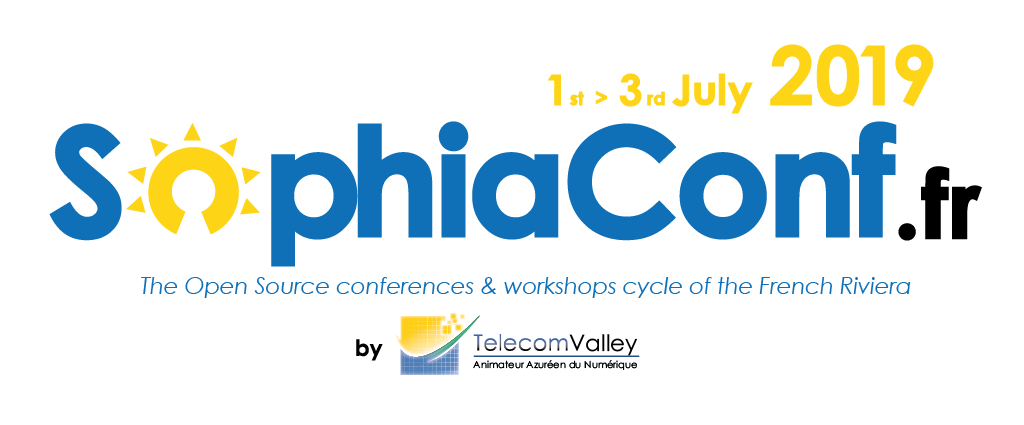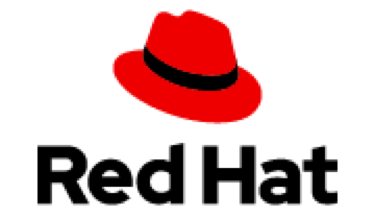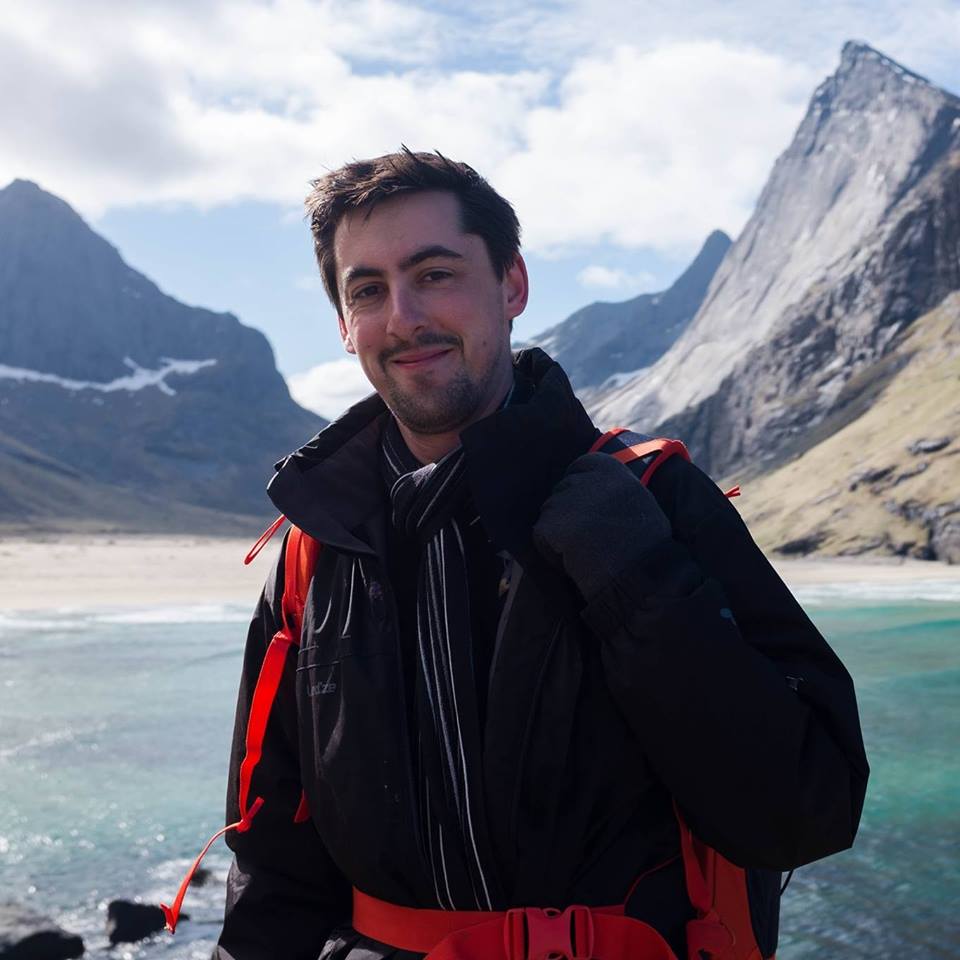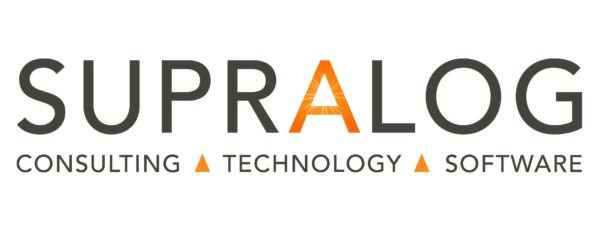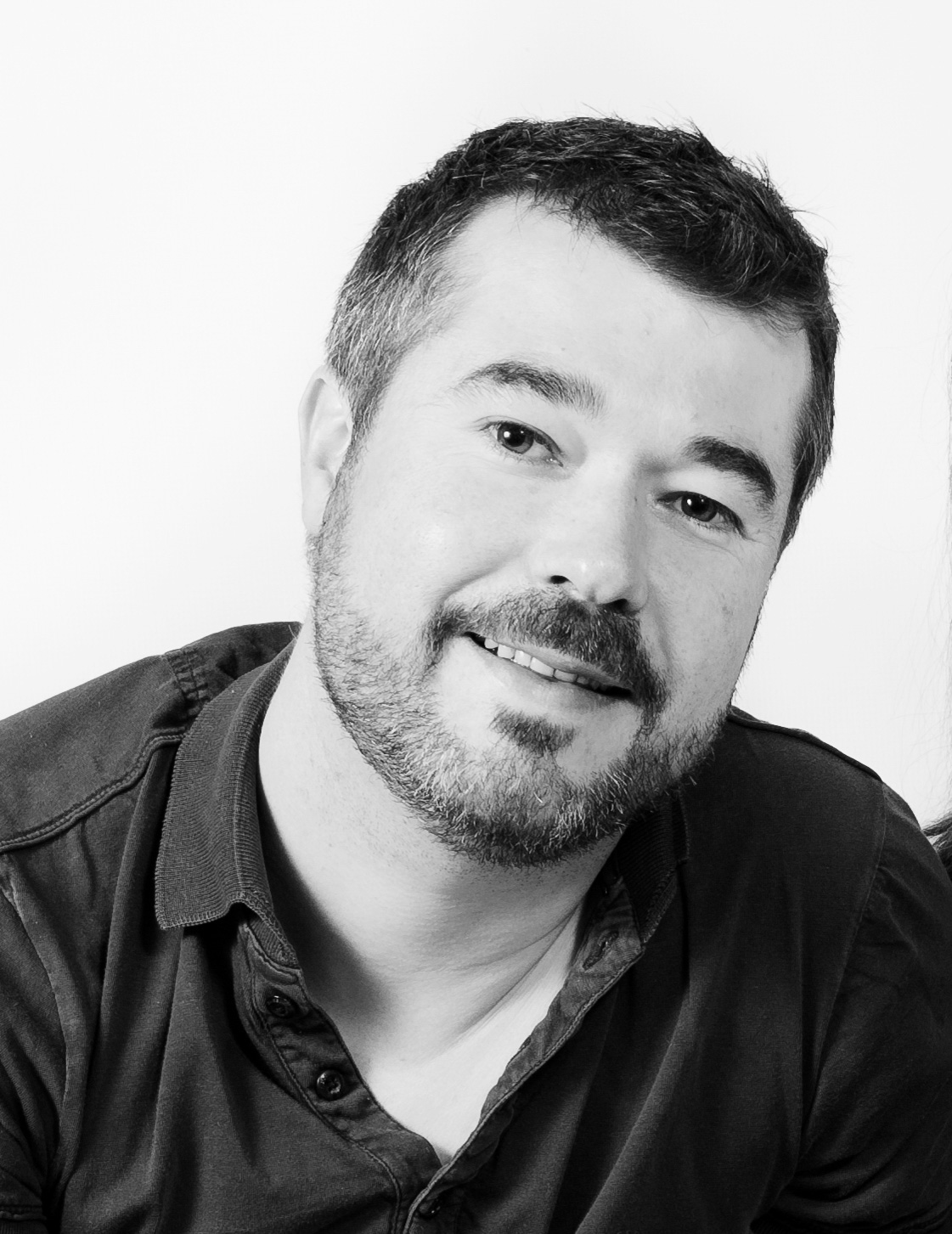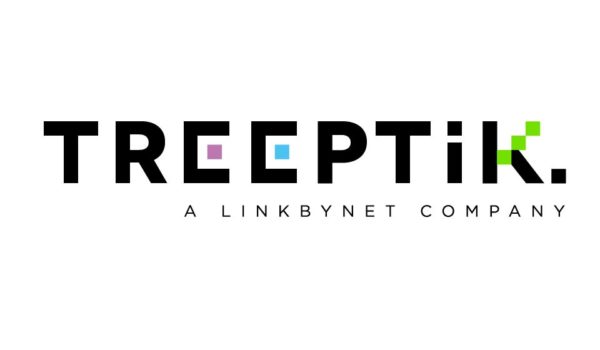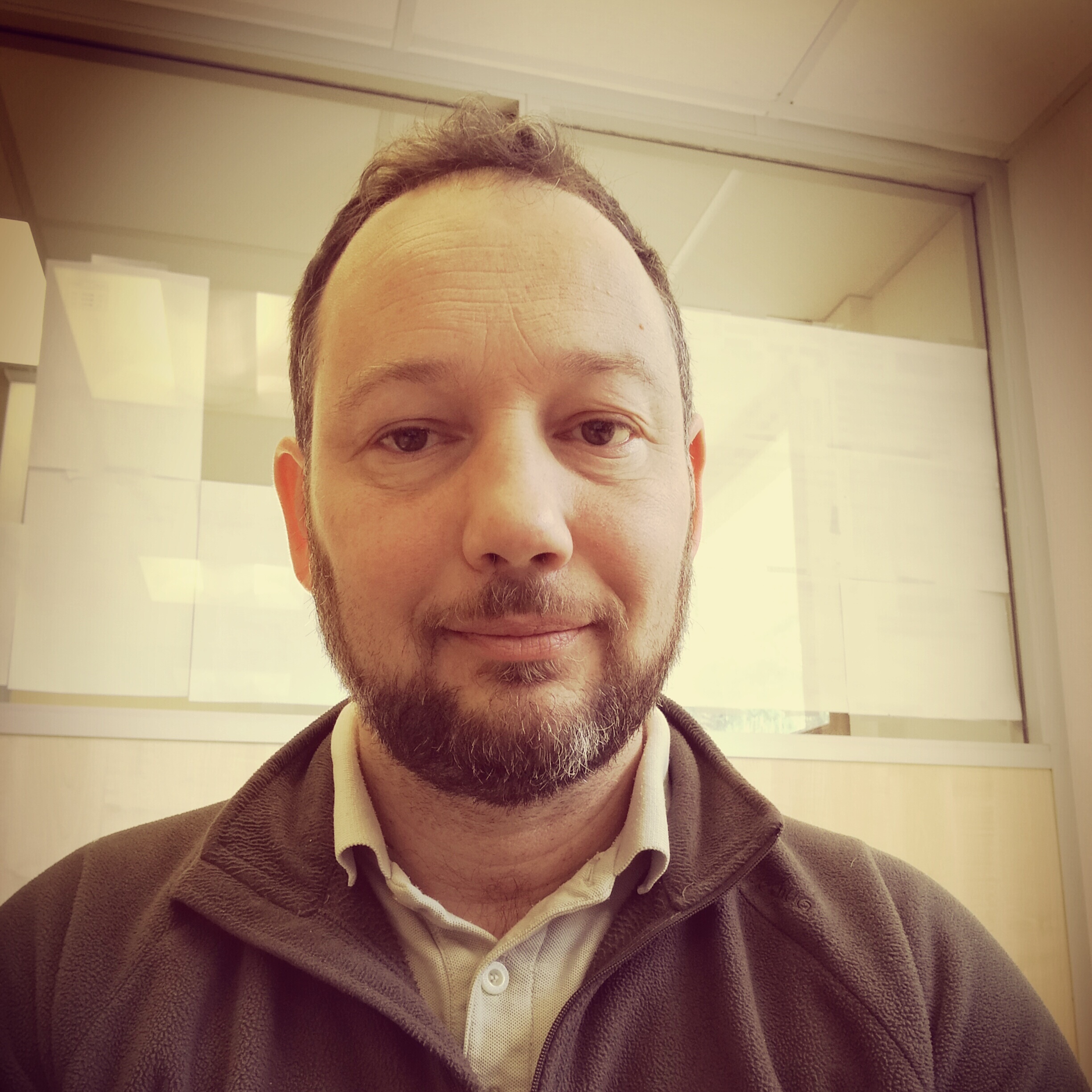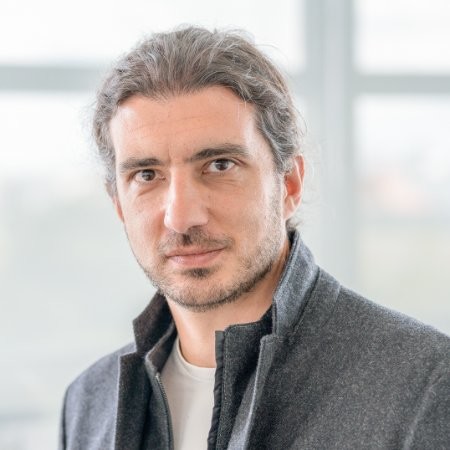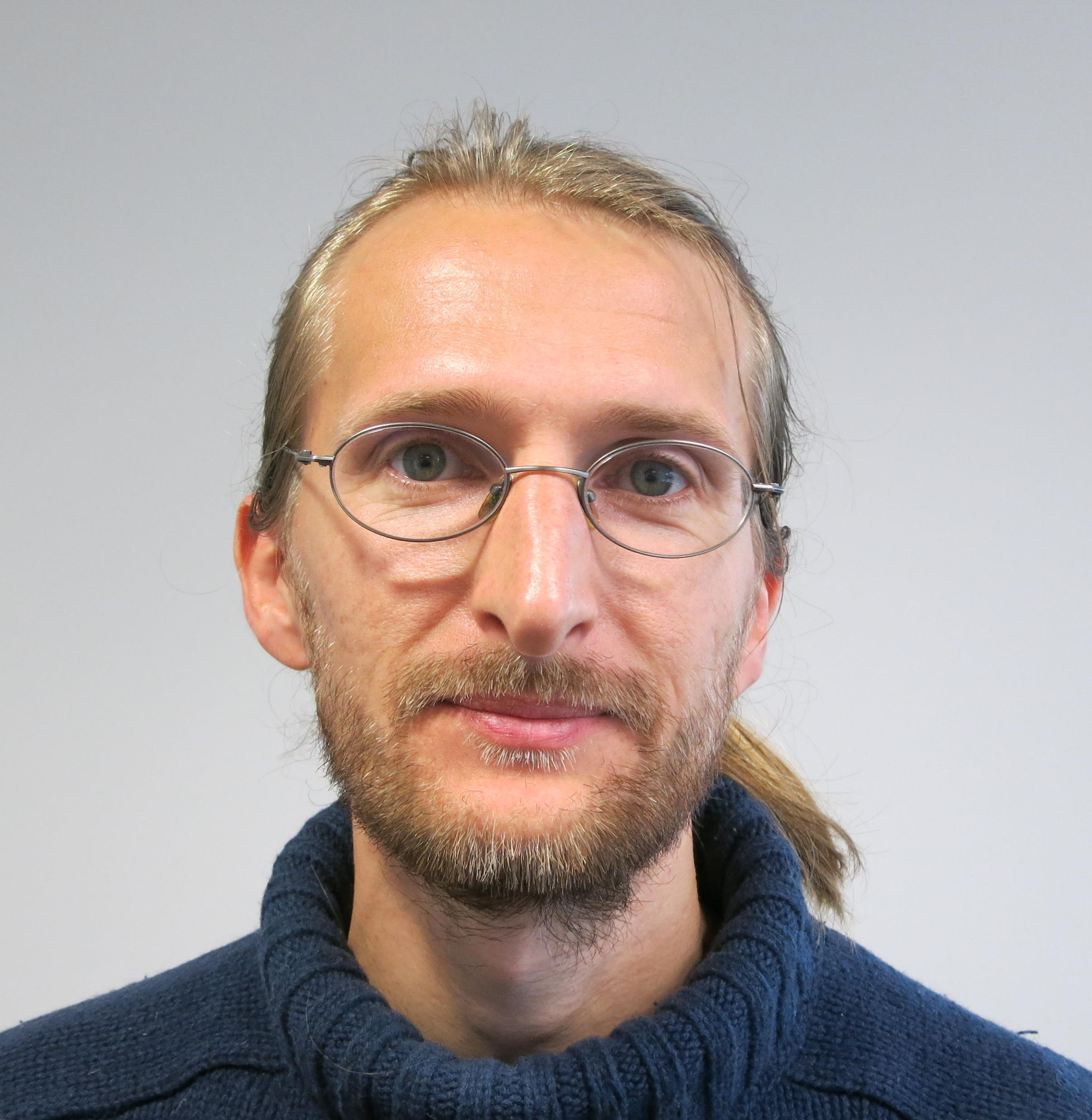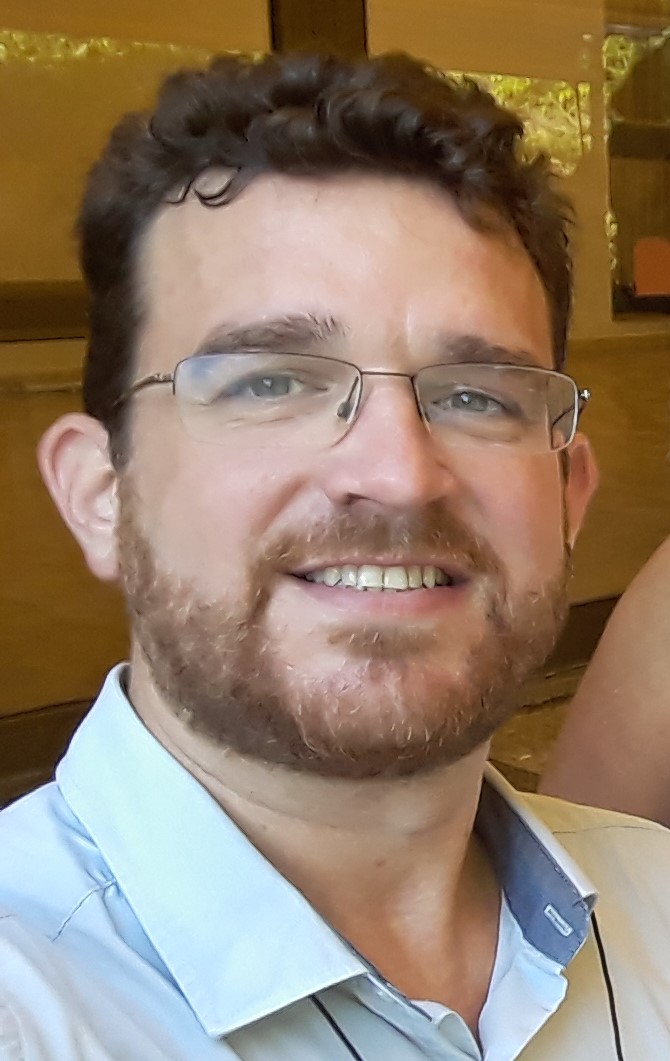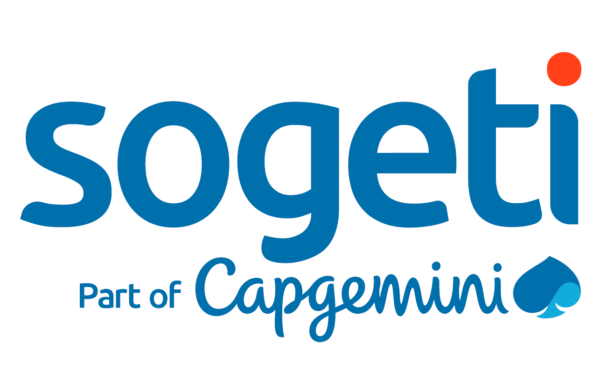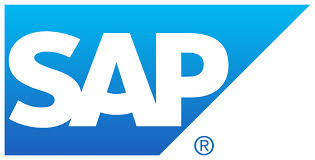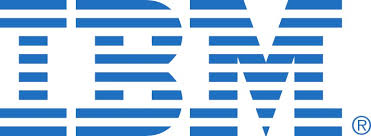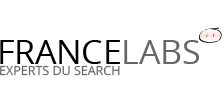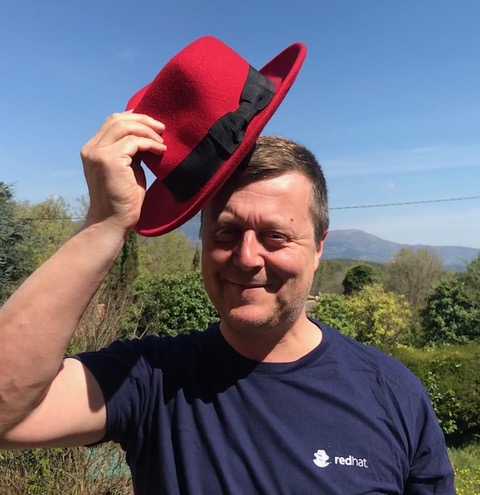
Christophe de Dinechin is working on virtualization at Red Hat, with a focus on 3D and remote access. He is also the original author of Tao3D, the XL programming language and HP Integrity Virtual Machines.
Devops & cloud conference - Wednesday July 3rd
SPICE Smart Streaming
SPICE is a solution developed by Red Hat to access virtual machines remotely. Under the pressure of 3D-enabled desktops and gaming clouds, SPICE has been redesigned with a stronger focus on video streaming. Smart streaming adjusts the video quality dynamically for a better remote desktop experience.
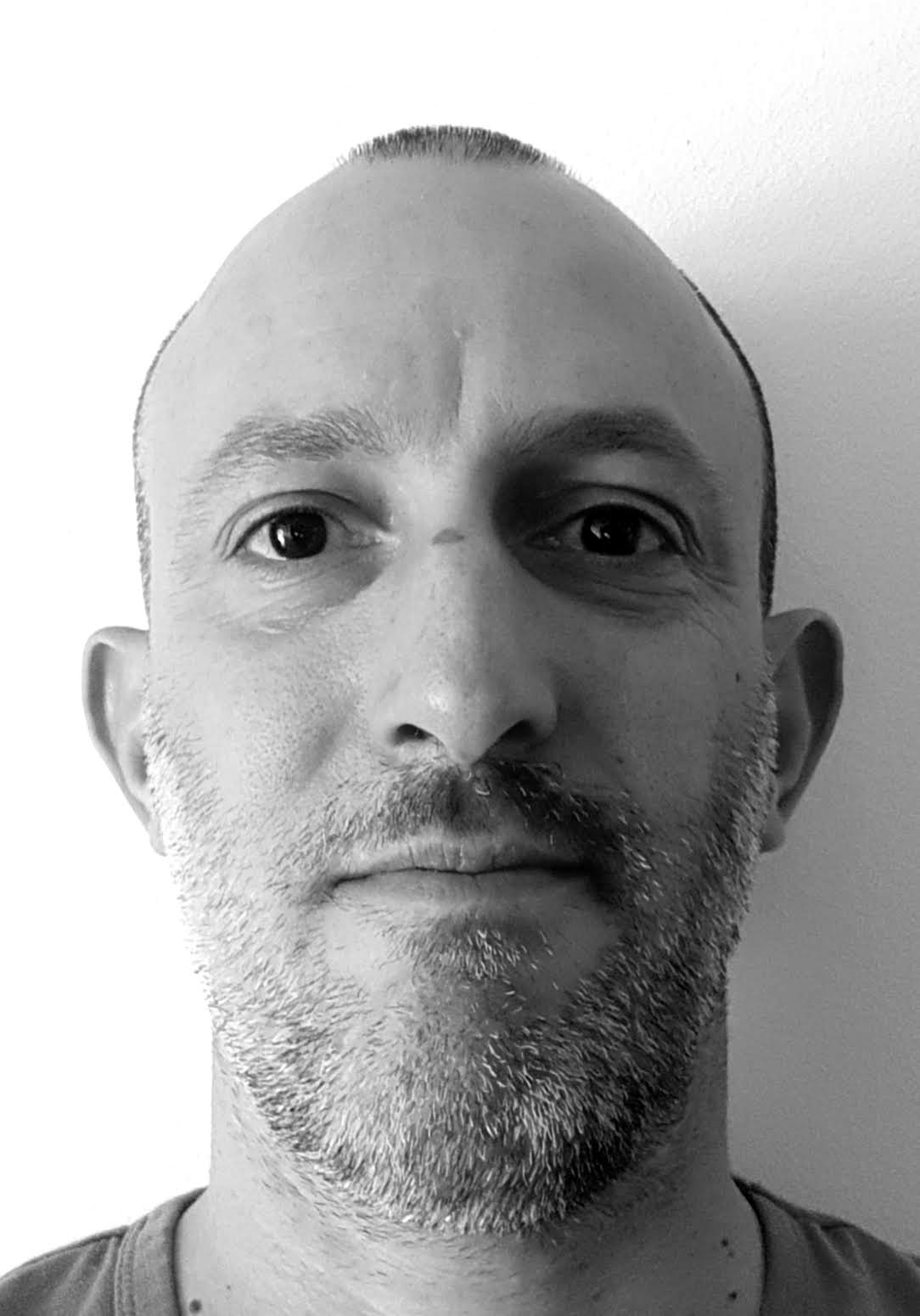
For 21 years, Baptiste
Devops & cloud conference - Wednesday July 3rd
Fun and rentability with Microservices
“Is your Time To Market increasing? Move to microservices! Everybody will love it. ”
This is precisely what we won’t be telling you in this talk.
What are good reasons to perform this move? How should it be initiated?
When overwhelmed with microservices, which tools or practices would save your life?
These are the main questions we will try to address.
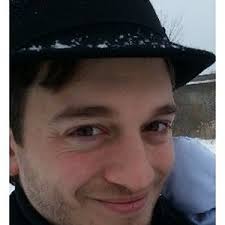
Developer, manager, architect…Through his different roles these last 15 years,
Armand has always been
Having been lately part of a 2-years monolith-to-microservices migration, he has some insights of what’s behind this « microservices » buzzword.
Devops & cloud conference - Wednesday July 3rd
Fun and rentability with Microservices
“Is your Time To Market increasing? Move to microservices! Everybody will love it. ”
This is precisely what we won’t be telling you in this talk.
What are good reasons to perform this move? How should it be initiated?
When overwhelmed with microservices, which tools or practices would save your life?
These are the main questions we will try to address.
JavaScript and NodeJS evangelist – Software Architect @
Devops & cloud conference - Wednesday July 3rd
Cypress.io: Bringing Behavior Driven Development and End-to-End tests to development teams at Supralog
E2E testing is the
In my previous
Devops & cloud Workshops - Wednesday July 3rd - 2:00 pm
Terraform
The purpose of this workshop is to allow you to discover the main features of Terraform, one of the most famous tool in the domain of Infrastructure as Code. We will work together on simple exercises and you will quickly understand why this tool is so appreciated!
Prerequisites:
– A computer
– An SSH client
– known how to add an SSH private key
Emeric CHARDINY
Developer
Emeric
Devops & cloud Workshops - Wednesday July 3rd - 2:00 pm
GITLAB
Discover how to set up continuous integration with Gitlab-CI and Docker, then deploy your application on a Kubernetes cluster.
Prerequisites:
– an account on https://gitlab.com/users/sign_in
– a laptop, possibly with docker
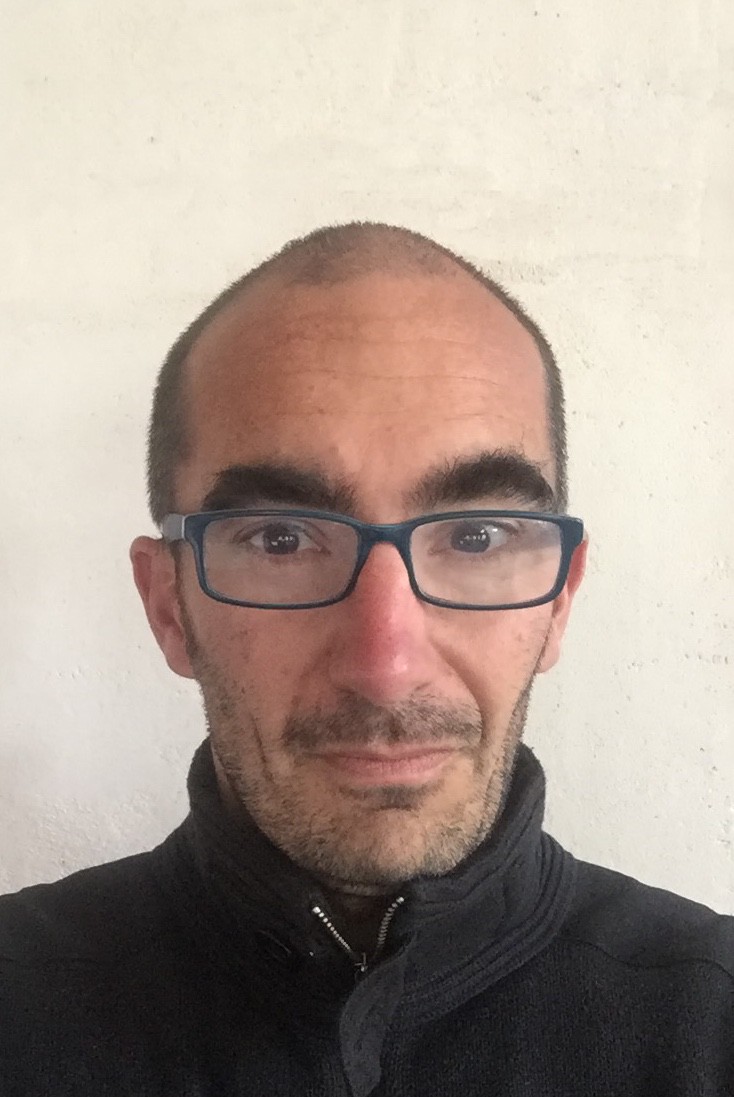
Thomas
Internet of things conference - Tuesday July 2nd,
Rules based engine and deep learning: an hybrid approach to the fab supervision in the semi conductor industry
Due to the versatility of the markets addressed, operational agility is essential to industrial success. This agility has a cost in terms of complexity and heterogeneity of information and control systems. Moreover, parallel to the deployment of automation, we experience an evolution in the manufacturing trades: products are manufactured in lesser quantity and larger variations. Given, this complexity, the human being finds more and more its place as a supervisor: it guarantees the smooth functioning of the system as a whole by being able to unlock as quickly as possible any abnormal situation. Still, AI and rule-based systems prove to provide interesting « complements » to help them focus on the real problems and their possible causes. By attempting to eliminate false positive
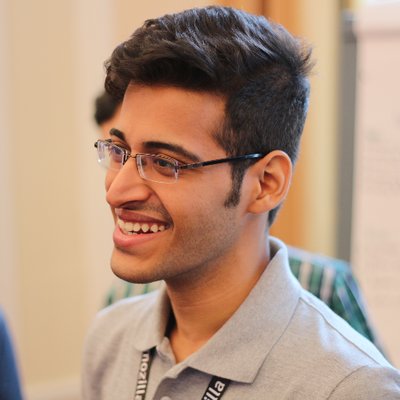
Tanay Pant is an author, developer and tech enthusiast. He currently works at Crate.io as a Developer Advocate. He is best known for his books “Learning Web-based Virtual Reality”, “Building a Virtual Assistant for Raspberry Pi” and “Learning Firefox OS Application Development”. He has been acknowledged in the
keynote speaker - Internet of things conference - Tuesday July 2nd, 6 pm
Machine data in Industry 4.0: how to handle it better?
The rise of IoT and smart infrastructure has led to the generation of massive amounts of complex data. Traditional solutions struggle to cope with this shift, leading to a decrease in performance and an increase in cost. In this talk, we will take a look at this kind of data coming from real-world smart factory sensors. Participants will learn how to create a data pipeline for ingestion and visualisation. By the end of this session, we will be able to set up a highly scalable data pipeline for complex time series data with real-time query performance.
Sebastien is the Chief Technology Officer and one of the founders of GreenCom Networks, a software company offering products and solutions for the utility industry. Leading GreenCom’s technology strategy, he is in charge of the design and the implementation of GreenCom Networks’ end-to-end IoT platform, from devices to cloud. After having graduated from Polytech Nice-Sophia in 2001, Sebastien worked almost 10 years for Accenture’s Communication and High Tech organization for designing, developing and supporting solutions served to major clients in the telecommunications industry. In 2010, he co-founded Ubinode, a startup developing an Internet Of Things platform.
Internet of things Workshops - Tuesday July 2nd - 2:00 pm
APACHE KAFKA
Prerequisites:
A laptop, with a functional docker environment and a java development environment.
We can use Kafka with other languages (javascript, python) but
Internet of things conference - Tuesday July 2nd
IT'S DECIDED, TOMORROW I'M GOING INTO IOT!
Open source enthusiast for more than 20 years, I am now technical lead and architect at NXP for embedded systems projects on i.MX processors (for example, automotive instrument clusters, infotainment, imaging system and industrial controls). I am specialized in computer graphics, multimedia, security and
Internet of things Workshops - Tuesday July 2nd - 2:00 pm
Low Level 3D Embedded Graphics with Linux, OpenGL ES and Buildroot
This workshop will introduce how embedded 3D GPUs are working, and how they can be programmed at low-level on
Prerequisites:
People interested to do the coding examples should come with a laptop running a working Linux system (e.g. Debian 9, Ubuntu 18, Fedora 29, …) with some free disk space (about 20GB). This is a technical session, in which many programming examples will be shown.
Attendees may follow the presentation without any equipment. All the presented materials and code will be published, so it can be reproduced later on.
Attendees
Julien Holtzer is a co-founder of the Fab Lab Sophia Antipolis with Telecom Valley and passionate about connected objects and artificial intelligence for 15 years. He is also technical director for Sogeti – Capgemini group in Sophia Antipolis, in charge of new technologies, innovation and development practices (low-code, data, mobile, IoT).
Internet of things Workshops - Tuesday July 2nd - 2:00 pm
PROTOTYPE AN OBJECT IN 3H
Design your Connected Object in the biggest FabLab of the Côte d’Azur: Design, prototyping, realization (3x1h)
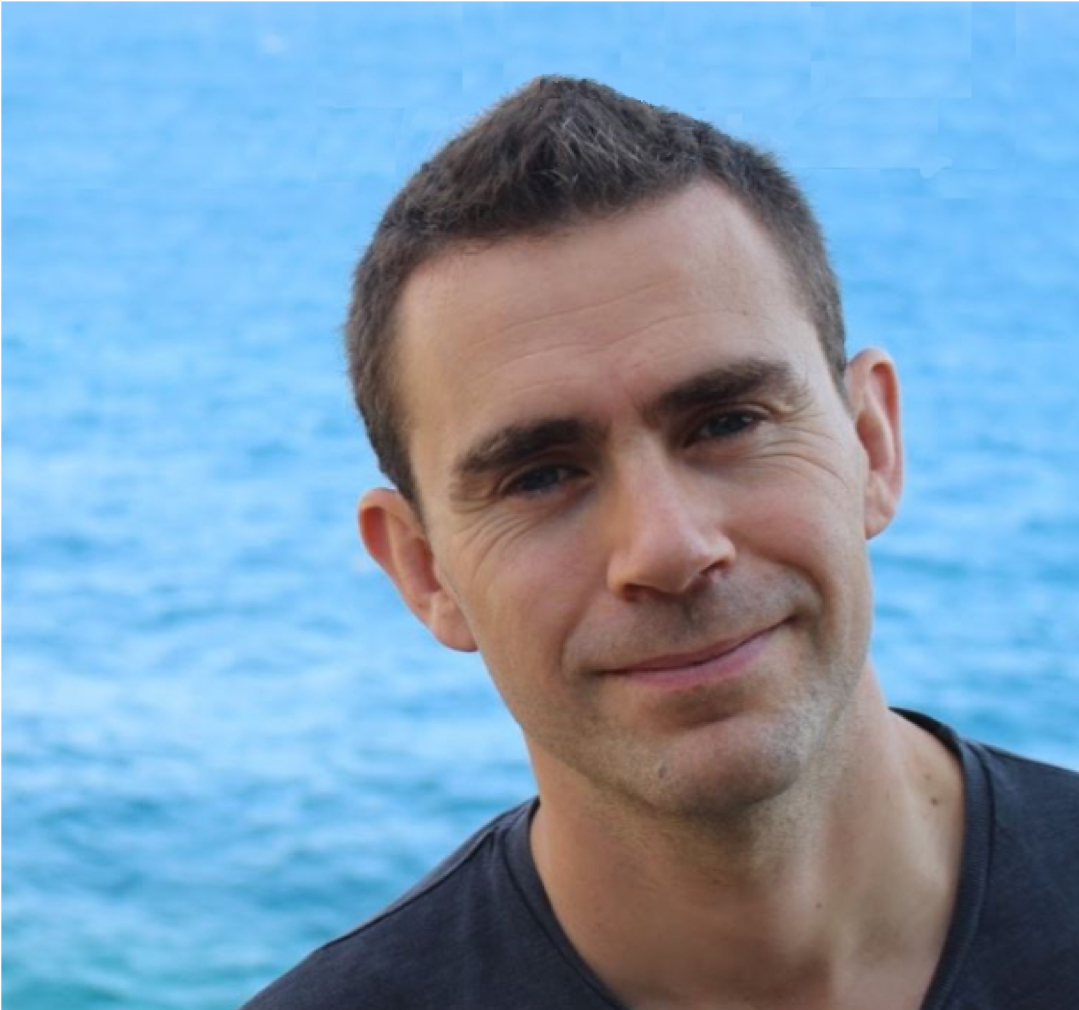
Eoin Thomas completed his PhD on
artificial intelligence conference - Monday July 1st
AI research for travel
In this talk, we will discuss some of the current trends in AI and see how these can be applied within the travel industry. From choice modelling to recommender systems, reinforcement learning to data generation, we will showcase how these techniques can be leveraged to improve the travel experience.
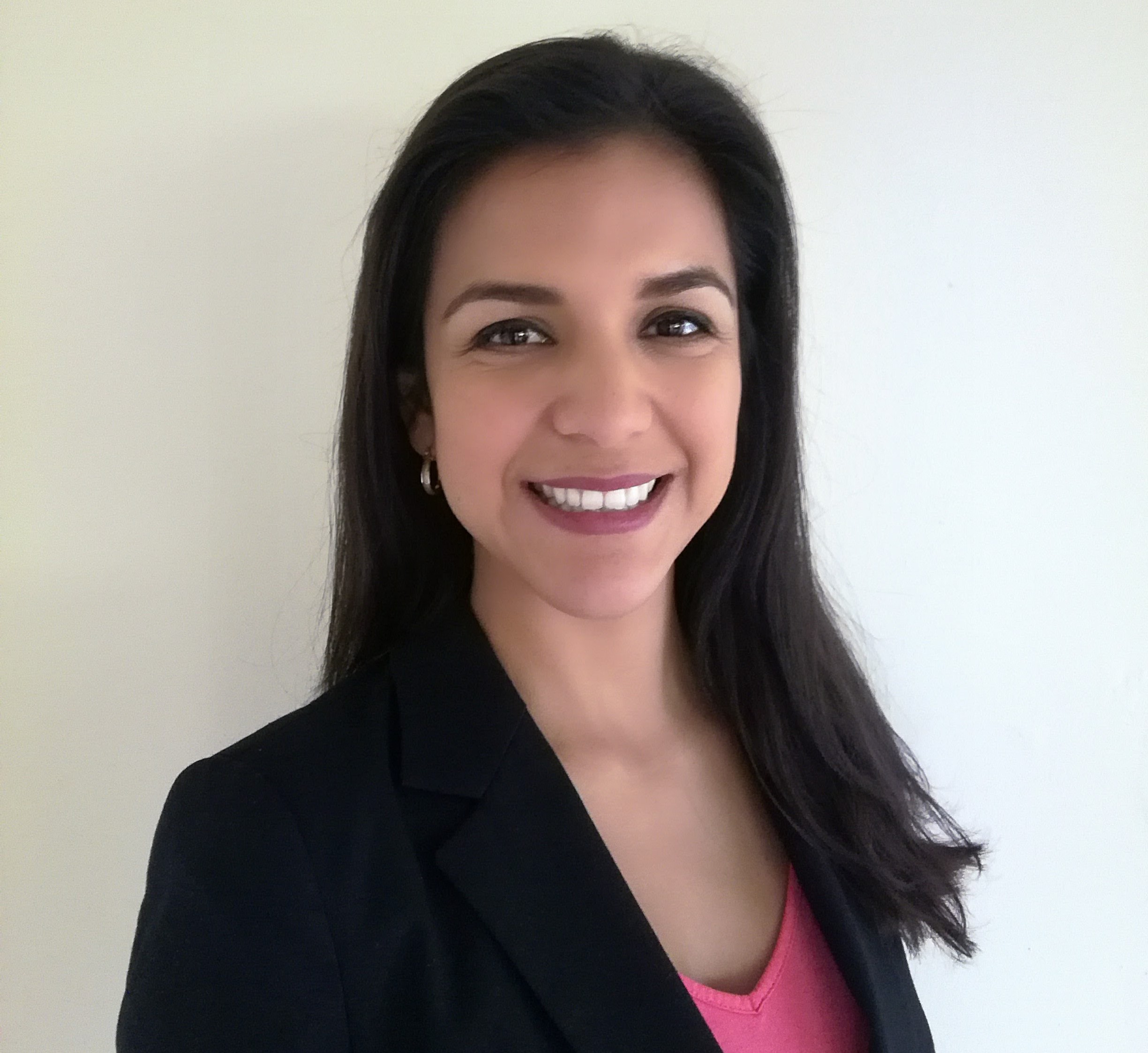
Rocío obtained her PhD in 2015 on modeling and classification of cardiac electrophysiology signals from her work done at the Asclepios Research team in INRIA Sophia Antipolis. She continued doing machine learning research applied to biomedical sciences in both academia and industry until October 2018, when she joined the SAP Security Research Team. She currently works on the use of machine learning algorithms for security applications.
artificial intelligence conference - Monday July 1st
AI for Open Source Vulnerability Management
Application developers making use of open source components need to know whether those components comprise security vulnerabilities, understand their risk in the particular application context and mitigate accordingly. This vulnerability management can be automated using an open source solution called vulnerability-assessment-tool, developed by SAP and open sourced in 2018. This solution requires a vulnerability database with detailed information about the vulnerable source code and the respective security patch, all of which is difficult to obtain due to non-reliable standard sources of advisories and vulnerability data (such the National Vulnerability Database, NVD). In our previous research work, we treated source code changes as documents in natural language processing, potentially ignoring the structured nature of source code, in order to populate the database. We will give a brief overview of the directions of our most recent work, where we incorporate the semantic properties of code into our analysis by leveraging on state-of-the art approaches to generate distributed code representations by analyzing and aggregating paths extracted from the abstract syntax tree of the code.
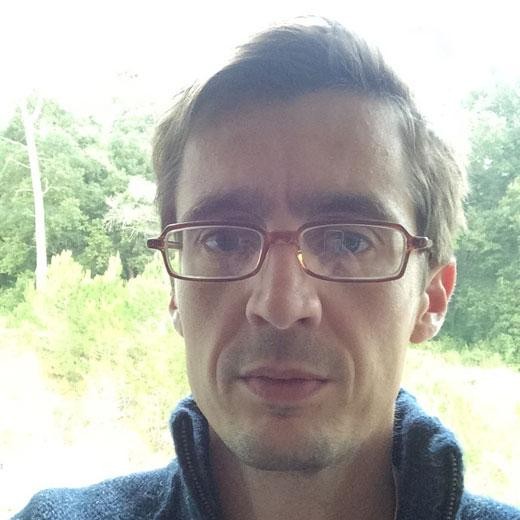
Henrik works as a Senior Researcher in the SAP Security Research team since 2007. During this time, he was coordinator and scientific lead of the European FP7 research project PoSecCo, built up an SAP-wide security training for application developers and performed security assessments of SAP applications. Currently, he researches new approaches and tooling for ensuring a secure consumption of third-party components in the software supply chain. Before joining the SAP research group, Henrik held different positions as a software engineer, and studied computer science and business administration at the University of Mannheim. He holds a diploma from the University of Mannheim and is a CISSP.
artificial intelligence conference - Monday July 1st
AI for Open Source Vulnerability Management
Application developers making use of open source components need to know whether those components comprise security vulnerabilities, understand their risk in the particular application context and mitigate accordingly. This vulnerability management can be automated using an open source solution called vulnerability-assessment-tool, developed by SAP and open sourced in 2018. This solution requires a vulnerability database with detailed information about the vulnerable source code and the respective security patch, all of which is difficult to obtain due to non-reliable standard sources of advisories and vulnerability data (such the National Vulnerability Database, NVD). In our previous research work, we treated source code changes as documents in natural language processing, potentially ignoring the structured nature of source code, in order to populate the database. We will give a brief overview of the directions of our most recent work, where we incorporate the semantic properties of code into our analysis by leveraging on state-of-the art approaches to generate distributed code representations by analyzing and aggregating paths extracted from the abstract syntax tree of the code.

Denis Bastiment, born in 1963, co-founder and CTO
Msc Maths and Software Technology at University Pierre & Marie Curie Paris
Expert in Innovation & usage technologies for 25 years
Has successfully created and led several startups, all dedicated to the innovation of use and the deployment of new technologies. With Kamayo, Streamezzo, Santech, he has already managed the hyper growth of a startup and its international development
Investor in three French startups
artificial intelligence conference - Monday July 1st
Make Machine Learning accessible for all professionals
(i) by providing models accessible to the public
(ii) by participating in initiatives of public partners such as INRIA, which operate institutionally and contribute to the Open Source community
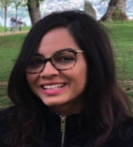
I obtained my PhD in
artificial intelligence workshops - Monday July 1st
Machine Learning Open Studio (MLOS)
The purpose of this workshop is to provide a comprehensive overview of the Machine Learning Open Studio (MLOS) platform from ActiveEon. It empowers data engineers and data scientists to quickly create structured workflows. MLOS provides a rich set of generic machine learning tasks that can be connected together to build powerful machine learning workflows for various
Prerequisites:
Participants must come with a laptop with at least 8GB of RAM.
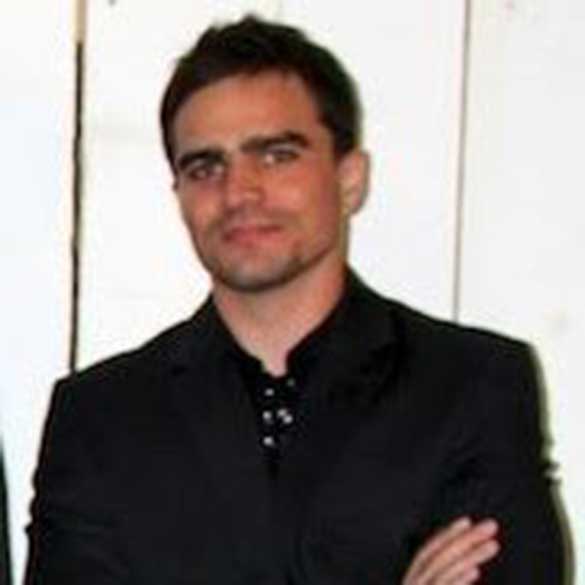
Julien is responsible for the technological stack of Datafari. He is a search expert, specialised in Datafari and Elasticsearch. He has been working for Orange as technical lead. He holds a IT MsC (MIAGE) from the University of Nice Sophia Antipolis.
artificial intelligence workshop - Monday July 1st
Index your Data in open source
Datafari is a big data open source enterprise search solution. It can be used to index your hard drive, as well as the file shares of your organization, but also data from the web. Many crawling connectors make it multisource (Sharepoint, SMB, DBs, Web…). The difference with Elasticsearch? It is a layer above: Datafari is not only a search engine
Prerequisites:
participants must come with a laptop with at least 8GB of RAM. Preferences, the laptop must be under Linux to be able to do the installation phase. If the laptops are on

